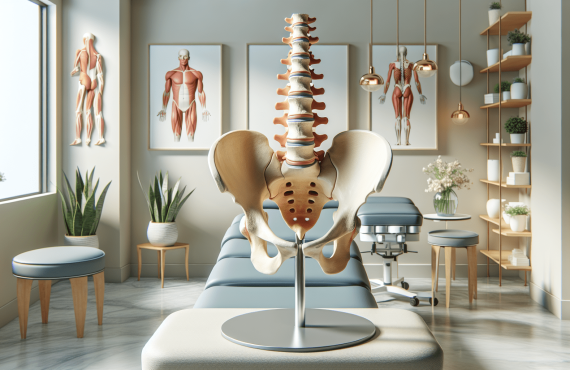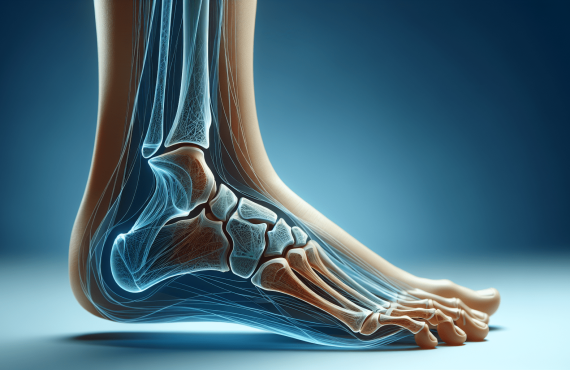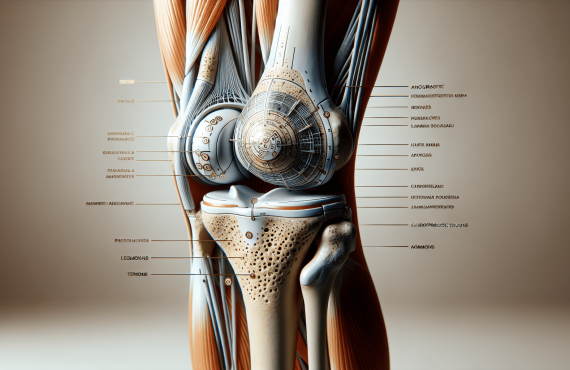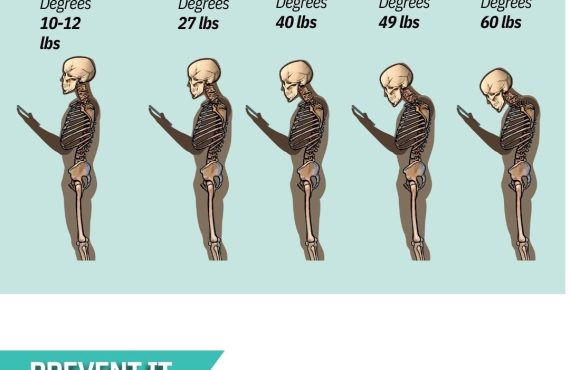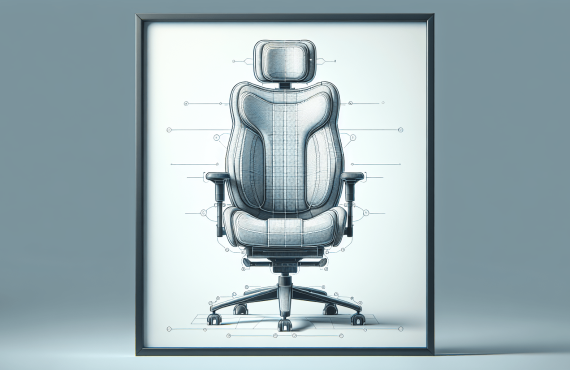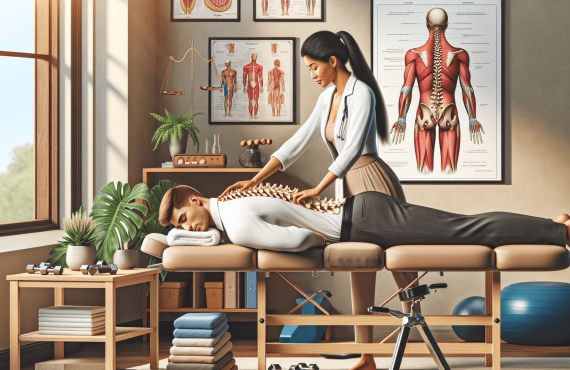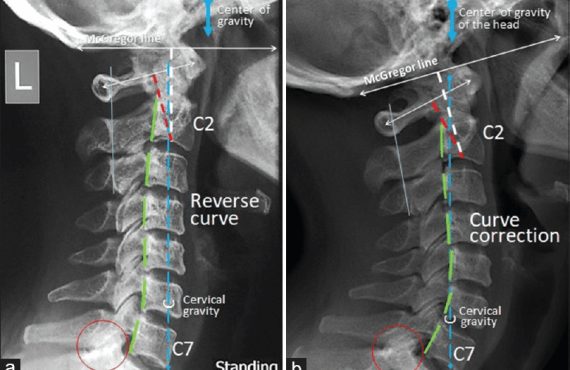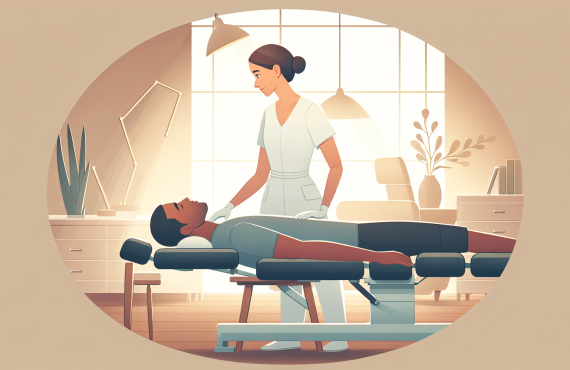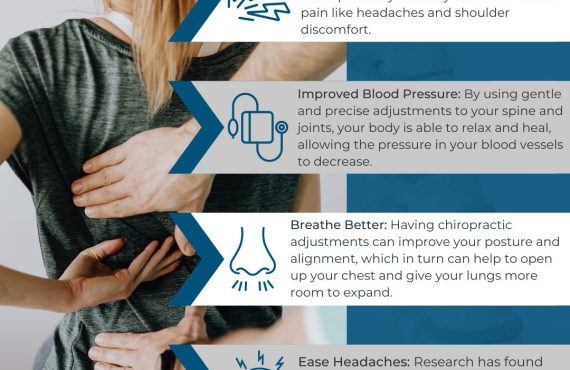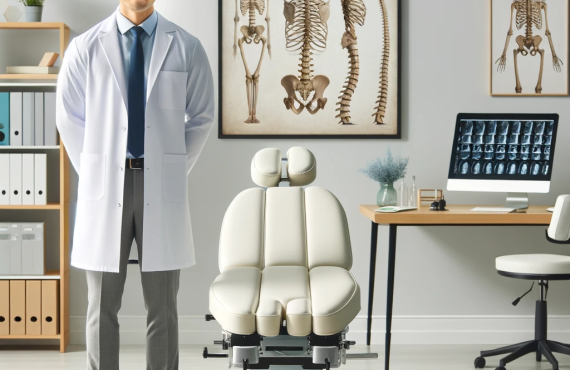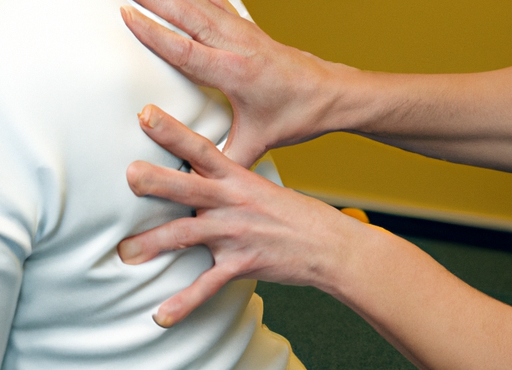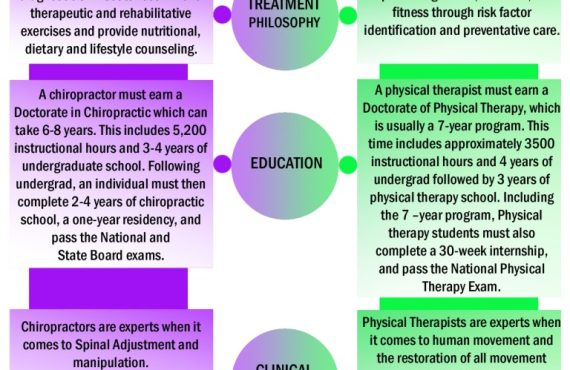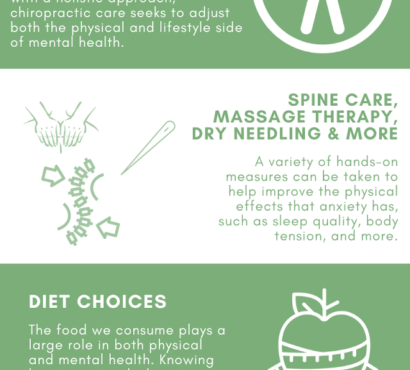Have you ever stopped to think about the chair you’re sitting in right now? Have you ever considered what makes a chair “proper” in terms of maintaining your health? Most people underestimate the role of proper seating in their daily lives, and even if they know about it, the conversation often doesn’t go further than basic ergonomics. However, proper seating can play a significant role in your musculoskeletal health, a fact often emphasized by chiropractors.
In this article, we’ll uncover the insights provided by chiropractic professionals, explore why proper seating is more than just a matter of comfort, and how it can affect your overall wellbeing. The wisdom shared here includes insights from Dr. Craig Henry and Dr. Aaron Hixon, two remarkable chiropractors committed to improving health through a holistic approach at Henry Chiropractic located in Pensacola, Florida.
Table of Contents
Understanding the Importance of Proper Seating
The significance of proper seating is often undervalued. Most people don’t realize that the way they sit for hours can shape their overall health. If you’re someone who spends long periods seated, perhaps at work or while driving, then it’s crucial to understand that not all chairs are created equal.
The Anatomy of Seated Posture
Proper seating goes beyond merely sitting straight. It involves a comprehensive understanding of your body’s anatomical requirements. When sitting, your spine should naturally form an ‘S’ curve – not a straight line. This ensures that the spine supports you without causing unnecessary strain on your discs, muscles, and nerves.
The Consequences of Poor Seating
When your seating arrangement doesn’t support your body well, you can start experiencing discomfort that can worsen into chronic pain. This might include back pain, neck pain, shoulder strain, and even headaches. Improper seating can also lead to poor circulation, weakened core muscles, and an overall decline in posture, which can have long-lasting effects on your health.
Chiropractic Insights on Proper Seating
Chiropractors observe the body’s musculoskeletal structure and are adept at identifying issues caused by poor seating. They understand that good posture while seated is integral to maintaining spinal health. Chiropractors like Dr. Craig Henry and Dr. Aaron Hixon emphasize the need for creating a seating arrangement that adapts to the body, not the other way around.
The Science Behind Good Posture
While anyone can tell you to “sit up straight,” the science and benefits of doing so are often overlooked. Good posture involves more than adjusting your shoulders every now and then.
The Health Benefits of Good Posture
Proper posture promotes better circulation, improves breathing, and aids in digestion. It alleviates unnecessary pressure on the back and neck muscles, reducing the likelihood of tension headaches and muscle fatigue. Good posture can also positively influence your mood and stress levels, leading to a more productive and happier day.
The Challenges of Maintaining Good Posture
Maintaining good posture consistently can be challenging, especially in environments not built for ergonomic support. It requires a conscious effort and sometimes modifications in your surroundings or lifestyle. With the guidance of chiropractors, you can devise practical strategies to improve your posture, such as ergonomic adjustments to your workstation or incorporating exercises that strengthen your core.

How Chiropractors Can Help
One might wonder, why visit a chiropractor if you’re just having seating issues? Well, what starts as a seating issue can snowball into more serious health problems if left unaddressed.
Assessment and Diagnosis
Chiropractors have the tools and expertise to assess your seating posture and understand how it may be affecting your health. They can identify areas where tension and strain may be building up due to poor posture and suggest practical solutions to alleviate these issues.
Customized Treatment Plans
Dr. Henry and Dr. Hixon at Henry Chiropractic provide individualized treatment plans aimed at correcting posture-related problems. From spinal adjustments to lifestyle coaching, their approaches are tailored to your specific needs. They guide you on how to maintain proper posture not just while sitting, but in various other aspects of your life too.
Implementing Proper Seating at Work
Many of us spend a significant portion of our lives at work, seated at a desk. Therefore, implementing proper seating at work is crucial for preventing health issues.
Choosing the Right Chair
Investing in an ergonomic chair can make all the difference. Look for chairs with adequate lumbar support, adjustable height and armrests, and a seat that supports your hips. Dr. Hixon suggests chairs that allow for a slight recline, which helps to take pressure off the spine.
Setting Up Your Workspace
Beyond the chair, ensure your workspace is set up to maintain good posture. The top of your computer screen should be at eye level, and your arms should be able to rest comfortably on the desk. If you’re using a laptop, consider getting a separate keyboard and mouse to keep everything aligned.
Taking Regular Breaks
No matter how perfect your seating arrangement, sitting for hours on end isn’t healthy. Dr. Henry and Dr. Hixon recommend taking short breaks every 30 minutes to stand up, stretch, or take a brief walk around the office. This helps to keep your muscles engaged and helps maintain circulation.

Tips for Proper Seating at Home
Just as you’re mindful of your posture at work, it’s important to carry these habits into your home life. Whether you’re working from home or simply watching TV, creating a healthy seating environment at home is essential.
Setting Up a Home Office
If you’re working from home, try to replicate the ergonomic practices you apply at your workplace. Ensure your chair and desk are suitable for prolonged use without causing discomfort. Arrange your workspace so that everything is within reach without straining.
Proper Seating in Leisure Activities
Be mindful during leisure activities as well. When watching TV or reading, opt for seats that provide proper back support. Avoid lounging in positions that can strain your neck or back. Consider investing in accessories like lumbar cushions or a footrest to improve support.
Exercises to Counteract Poor Seating
While seating conditions greatly contribute to your posture, certain exercises can help counteract the effects of prolonged sitting.
Strengthening Your Core
A strong core is essential for maintaining good posture. Engage in exercises such as planks, bridges, and abdominal crunches that help in fortifying your core muscles.
Stretching
Regular stretching can help mitigate the strain of sitting too long. Focus on stretches that target areas like your hip flexors, hamstrings, and lower back.
Sample Stretch Routine
| Stretch | Duration | Target Area |
|---|---|---|
| Cat-Cow Stretch | 1 minute | Spine and Back |
| Seated Forward Fold | 1 minute | Hamstrings and Back |
| Hip Flexor Stretch | 1 minute per side | Hip Flexors |
Posture-Enhancing Exercises
Simple exercises such as shoulder blade squeezes, chin tucks, and leg strengthening exercises can further assist you in maintaining good posture throughout the day.
Conclusion
Proper seating is more than just finding a comfortable chair. It’s about supporting your whole body, maintaining your well-being, and preventing long-term health issues. By understanding the nuances of proper seating from a chiropractic perspective, you can take proactive steps towards enhancing your posture and overall health.
Invest in ergonomic solutions both at work and home, incorporate regular stretching and strengthening exercises into your routine, and do not hesitate to consult with professionals like Dr. Craig Henry and Dr. Aaron Hixon at Henry Chiropractic. Your spine, muscles, and overall wellbeing will thank you for the attention you give them today. Isn’t it time you took a seat and reconsidered your options?




















